2021 Iowa College Media Association award winner, Second Place – Best Print/Online Opinion
I have never wanted to be at an in-person Writers@Grinnell event more – to be able to look around the crowded room and see exactly how the audience received what was being shared by the speaker. The virtual Zoom platform has yet to develop an appropriate “Y’all hearing this?” function.
After reading “Tampa” and “Made for Love,” Grinnell English Professor Alissa Nutting’s two novels, I felt prepared for the absurdity and expertly wielded discomfort which forms a hallmark of her work. “Made for Love”’s television adaptation of the same name, which came out on HBO Max during the first three weeks of April, was also written and executive produced by Nutting. But it was at the show’s April 28 Writers@Grinnell event, hosted by Nutting’s husband, fellow writer and executive producer of the show Dean Bakopoulos, when I began to question just how much of “Made for Love”’s provocative nature was relegated to the futuristic sci-fi world in which the story is set.
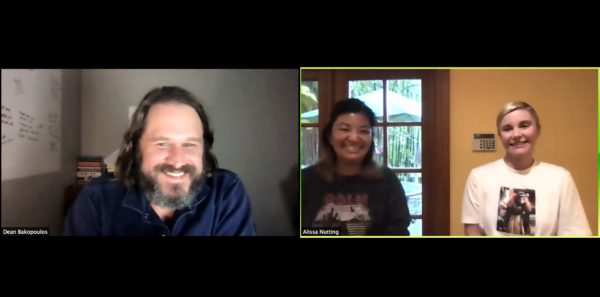
“Made for Love” follows Hazel, played by Cristin Milioti, as she escapes from her tech mogul husband Byron Gogol, portrayed by Billy Magnussen. After fleeing from Byron’s manufactured chrome Hub facility where she’s lived behind the façade of a perfect wife for the last 10 years, Hazel returns to her father Herbert, played by Ray Romano. Though not the most eager accomplice, Herb gets swept up in the task of removing the microchip Hazel is sure her controlling husband has implanted in her brain.
Perhaps one of the clearest signs of Nutting’s dance with the absurd is the main object of Herb’s affection: Diane, a sex doll, or as she’s repeatedly referred to by an insistent Herb, his “synthetic partner.” An old man in a monogamous relationship with a 90-pound realistic model of a blonde woman hits all the marks of an icky situation. This ridiculousness is ramped up in the book, where Hazel’s first encounter with Diane includes the doll riding into the room on Herb’s lap, propped up on the handlebars of his electric scooter, her angle leaving Hazel to wonder whether her father was “enjoying” Diane right at that moment. This first image of a ruddy faced balding man gripping a life-sized doll by the hips, the two of them decked out in matching bathrobes, sets the bar for the rest of the story. It makes the reader ask – if this is normal, what exactly am I in for? Hint: We’re just getting started folks! Think “1984” but pepper in some dolphin sex.
Even as the book progresses and Hazel starts to understand her father’s need for a partner in his relationship with Diane, the absurdity of this first encounter leaves a haze of ridiculousness over any scene of thoughtful clarity, a joke to fall back on when the moment gets too real.
Somehow seeing this relationship play out on screen reduced the absurdity and replaced it with something much more human, confusingly out of place in the story’s otherwise supremely artificial world. In the HBO adaptation, Hazel first encounters Diane with Herb when she walks in on them in bed, naked and in the throes of passion. Hazel first sees Diane being used for the express purpose she was created: an object providing a man’s pleasure. It takes countless scenes throughout the following episodes to deconstruct this initial judgement before Hazel begins to view Diane as Herb does, as someone who deserves respect.
And yet even as Diane’s humanizing arc continues, the scenes of romantic bliss captured by Herb taking Diane out to a restaurant on a dinner date or sitting around the breakfast table feel forced. A sense of awkwardness rests around the scenes caused in part by the authenticity emanating from Romano’s eyes – is that shame? Surely, Herb the Perv, as he’s referred to by his neighbors, can’t be embarrassed. If he doesn’t believe wholeheartedly in the rightness of his relationship with Diane, how can the viewer?
Compared to the brazen scooter-wielding Herb of the book, the genuine humanity Romano brings to the role makes it impossible to reconcile the two versions of this character. When a viewer accepts a world where microchips implanted in the mind connect two people’s thoughts, it’s easier to shrug and eye-roll at a man enjoying his honeymoon with a sex doll named Diane than accept a genuine relationship between an emotionally developed character and a synthetic partner.
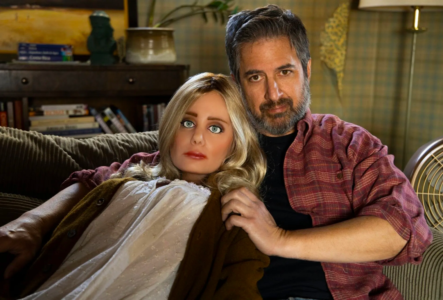
During the Q&A portion of the Writers@Grinnell event, Nutting responded to a question I posed regarding which scenes she wished could have made it into the TV production. One scene from the book whose writer’s room reception I was especially curious to hear about involved Hazel exploratorily sticking her arm down the silicone throat of Diane and consequently getting stuck up to her elbow. The mesmerizing scene spanning two chapters plays out like a horror film, Hazel’s mind warping the comedic mishap into a terrifying scene of a monstrous maw devouring her piece by piece. Much of the intricacy of this scene hinges on the reader’s access to Hazel’s mind, and I fully expected Nutting to cite this shortcoming of television as what made it impossible to adapt the scene to the screen. Her actual response touched on something else entirely.
“I mean I think with Diane in particular, you know, tonally in the book, just because it doesn’t come with a visual, I feel like we can be a little more hyperbolic and exaggerated in a way that maybe might read as cartoonish if you were to act it out in live action,” said Nutting. Rather than a consideration of the technical finesse required to convert a scene dependent on the inner workings of a character’s mind from page to screen, it was the concern that Diane the sex doll would become a punchline that sealed the deal on omitting that particular scene from the adaptation.
This is when I would have activated the “Y’all hearing this?” function (Seriously, someone get the CEO of Zoom on the phone, they should be beta testing this thing by now).
Whatever my initial confusion, the drive to convey a more nuanced commentary on the relationship between Diane and Herb in the TV adaptation is not lost on me – as I said before, I saw it in Ray Romano’s soulful eyes. Humanizing Diane on the screen brings the audience along Hazel’s own process of recognizing the parallels between Diane and her own experiences of passivity, as well as constructs an argument for the acceptance of alternative love.
Yeah, Diane was never like on the floor or something, like that would be horrifying. -Christina Lee, showrunner of “Made for Love”
“One of the things that attracted me so much to the show was the lack of judgment it had on different kinds of love,” Christina Lee, showrunner of “Made for Love,” shared during the Writers@Grinnell event. “Everyone’s trying to seek a connection in some way,” she continued, “and it’s all sort of misguided and you know, but – who are we to cast judgment on it, right?”
It’s a strong argument for open-mindedness and approaching the unknown with kindness before judgment. If the art of the small screen isn’t the place to have such discussions, where is?
Well, what about on set? My second “YHT?” moment occurred shortly after Nutting responded to my question in the Q&A, when she shared that keeping Diane as far from the punchline as possible translated to the way the sex doll was dealt with on the show’s Hollywood set.
“That’s kind of why we really treated Diane on set like an actor,” Nutting explained. “Diane had an intimacy coordinator for any scenes when she was in bed with Herbert. She had kind of like a handler, who would kind of put her up or, you know, sort of stay by her between scenes.”
“Yeah, Diane was never like on the floor or something, like that would be horrifying,” Lee added.
The being that is Diane transcended the scripted scene into real life and the lives of other actors and crew members on set. Lee shared an anecdote from set in which they were filming a scene from episode two where Diane is stolen from Herb’s truck. The main doll they used weighed 90 pounds and was quite expensive, so for this action scene Diane required a stunt double. “That doll’s head kept falling off,” Lee explained, “and so our props department had to duct tape the doll’s head, and everyone was sitting around like … ” At this point, Lee and Nutting shared a horrified expression. Clearly, it was tense on set that night. And that wasn’t even the real Diane!
For third and fourth years lucky enough to have taken a class with Alissa Nutting during her time teaching at the College before she started working exclusively on “Made for Love,” Diane might look shockingly familiar. In a move partly determined by the legal rights attached to a sex doll’s image, Diane was created using a silicone cast of Nutting’s face. What might seem like a throwaway Easter egg to Nutting’s avid readers and Grinnell English majors actually held a lot of meaning.
As Hazel reconsidered her initial judgement of her father’s interpretation of human companionship, so it seems did the show’s production team reconsider Nutting’s.
“I really sort of wanted to insert myself and show that this isn’t like a callous argument that’s being made,” Nutting explained. “I mean, I think even on the set, people knowing that [my face was used on Diane] just kind of changed the way that they interacted with her. It made it seem more like a person than a doll, there was just sort of this element of respect for her that seemed like a good idea.”
“I probably came around the most on the concept of synthetic partners from the beginning of this process to the end,” Lee said. As Hazel reconsidered her initial judgement of her father’s interpretation of human companionship, so it seems did the show’s production team reconsider Nutting’s.
From a viewer’s perspective, I’m unsure where I stand on Diane (though I know it’s not on the floor). What started as a double take in a Writers@Grinnell event has turned into an examination of just how far the media we consume extends into the real world, and how the boundaries between the two blur.
I honestly can’t tell if everything said that night wasn’t a bit tongue-in-cheek, my ability to read someone’s true intentions in their eyes is reserved solely for Ray Romano, but this piece is undeniable proof that I was drawn right into the absurd world of Nutting’s design. Still, one question still remains unanswered: Does a scene between Cristin Milioti and a sex doll pass the Bechdel test?




























































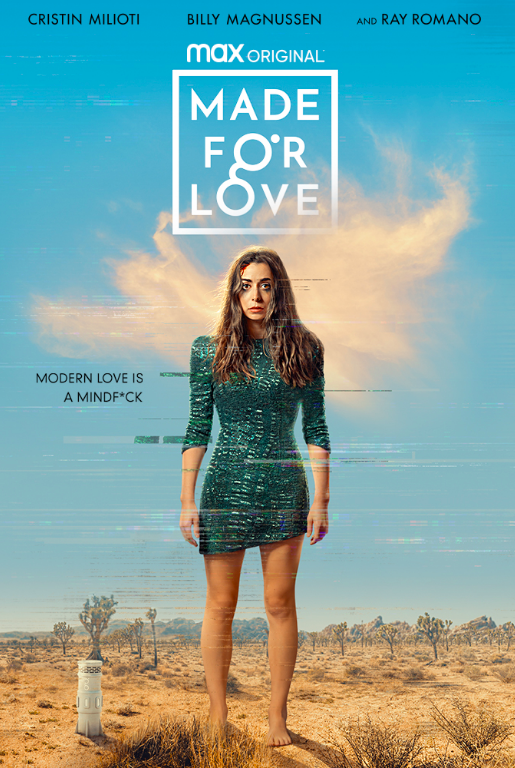



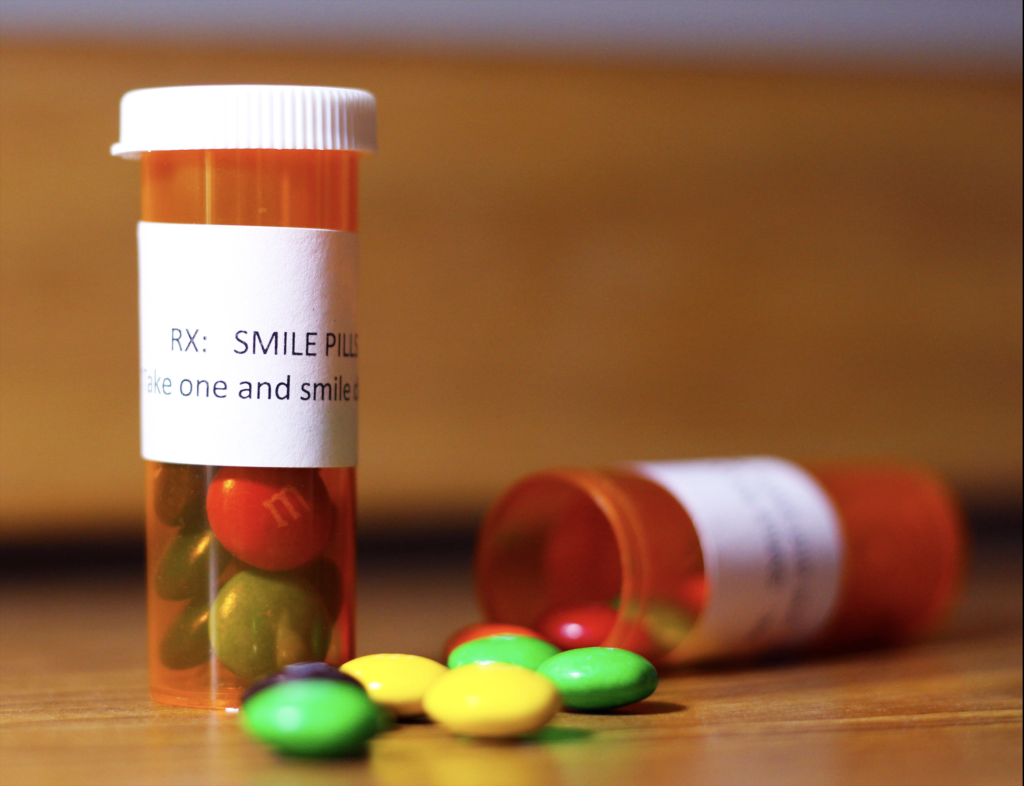



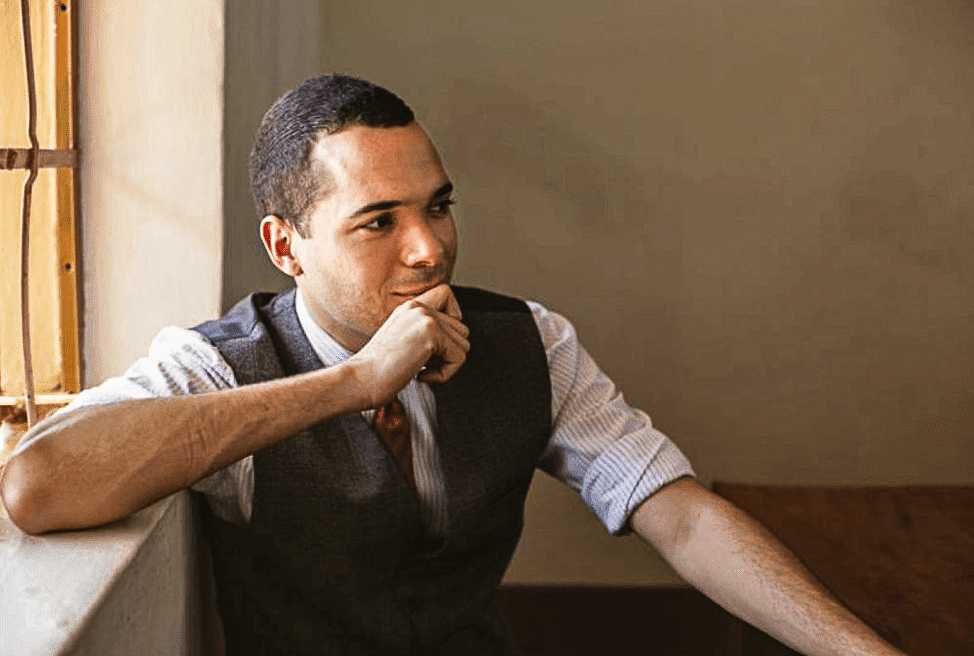

Kaitlyn • May 12, 2021 at 11:20 am
Was this talk recorded? Is there any way to watch it now?